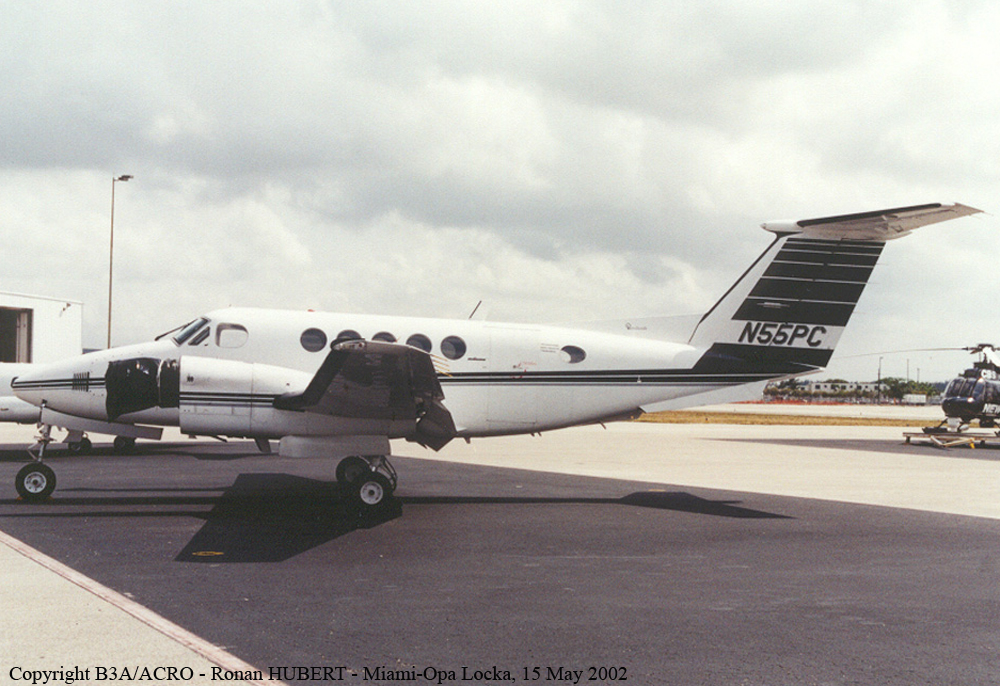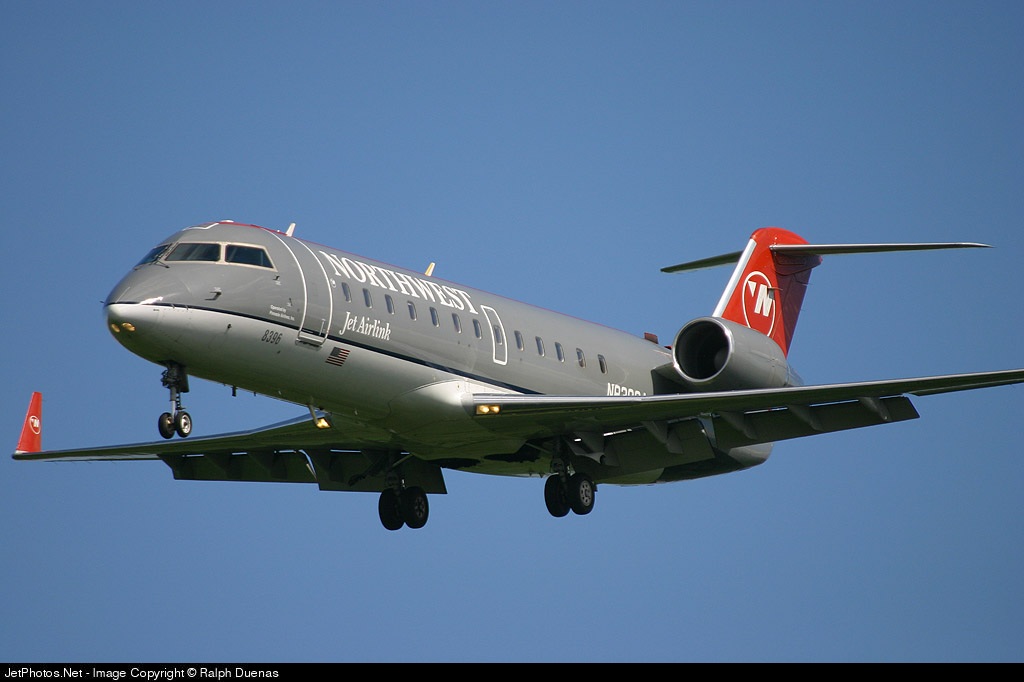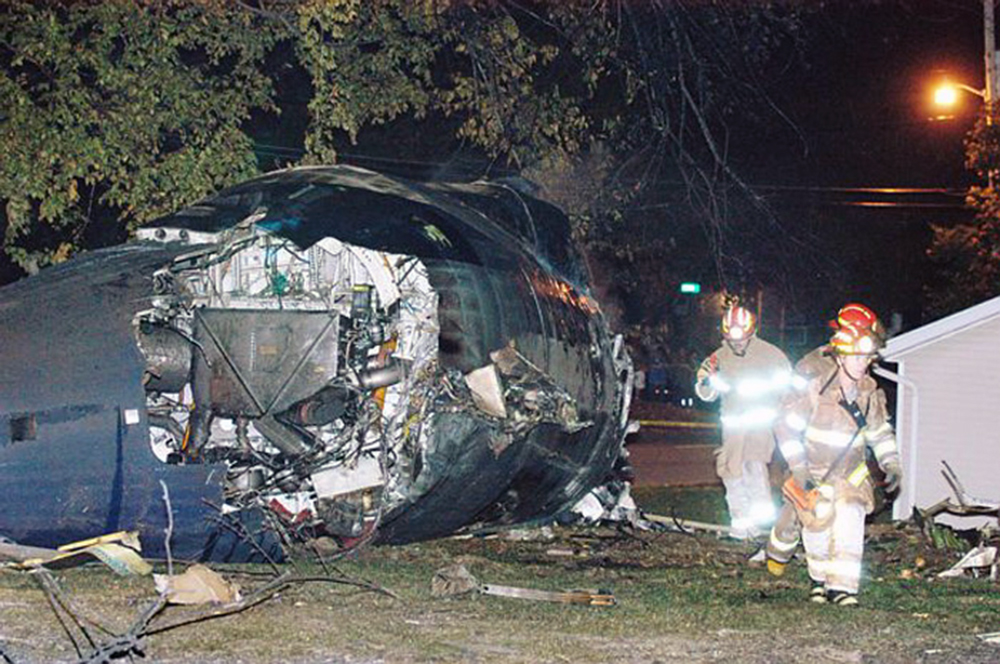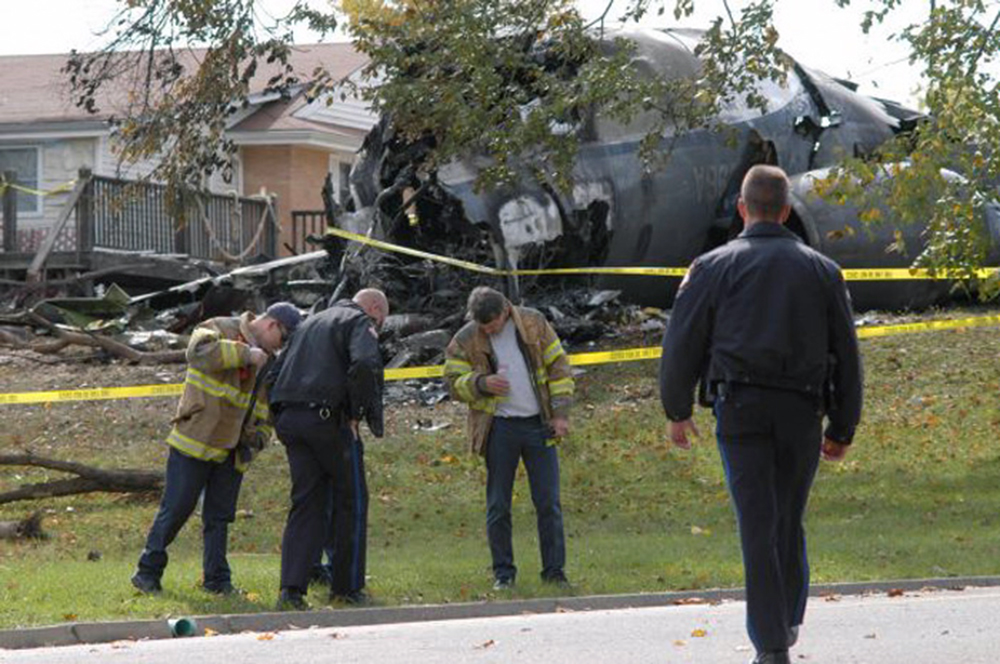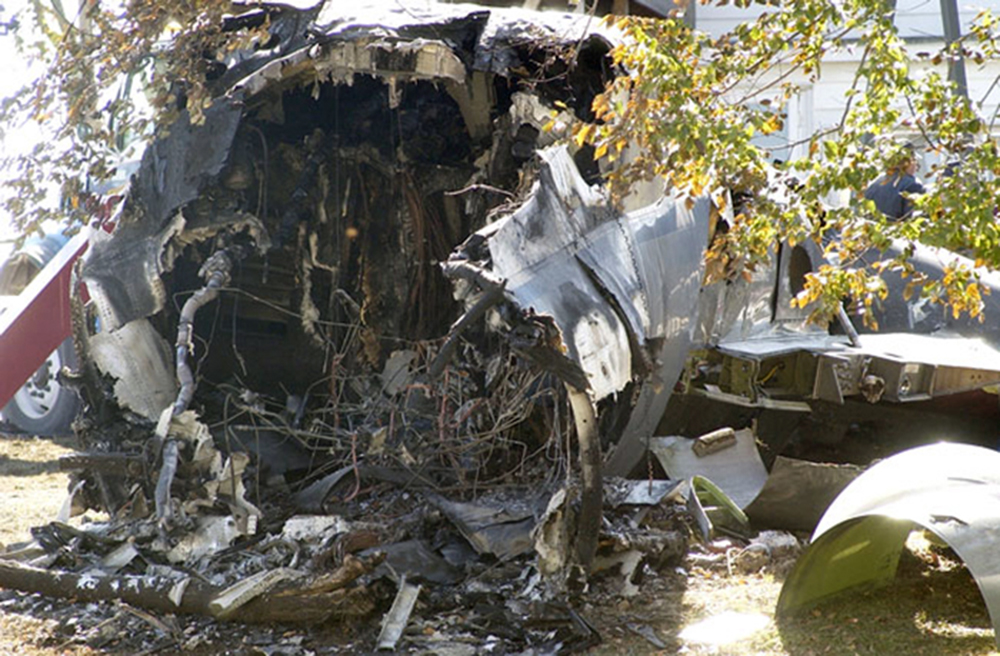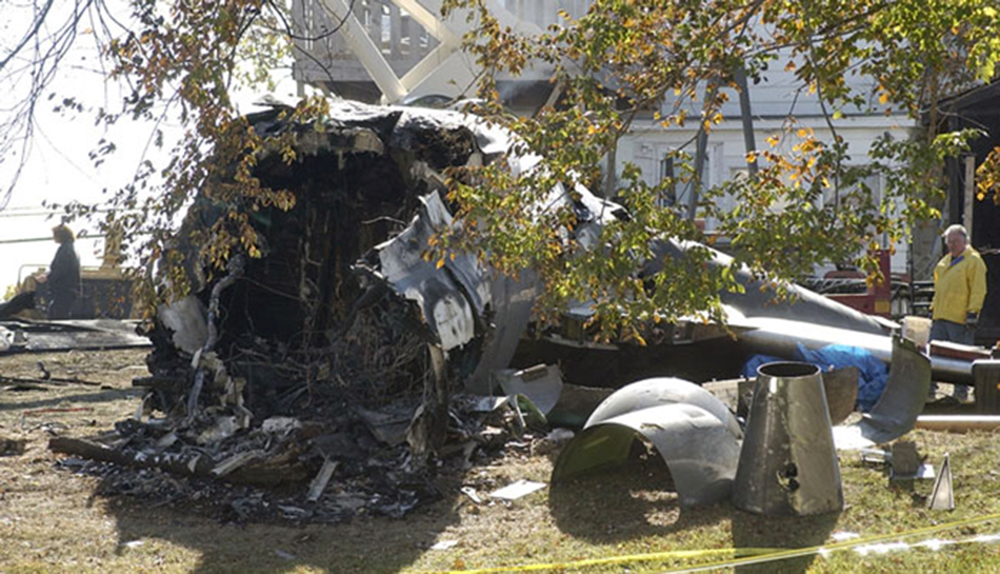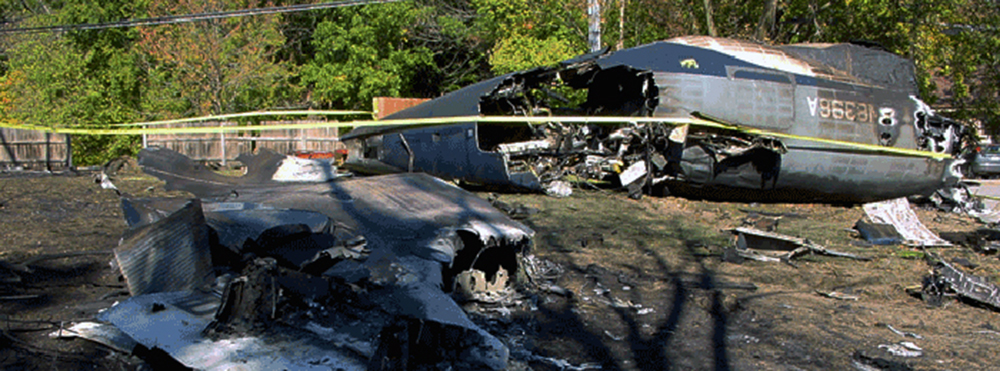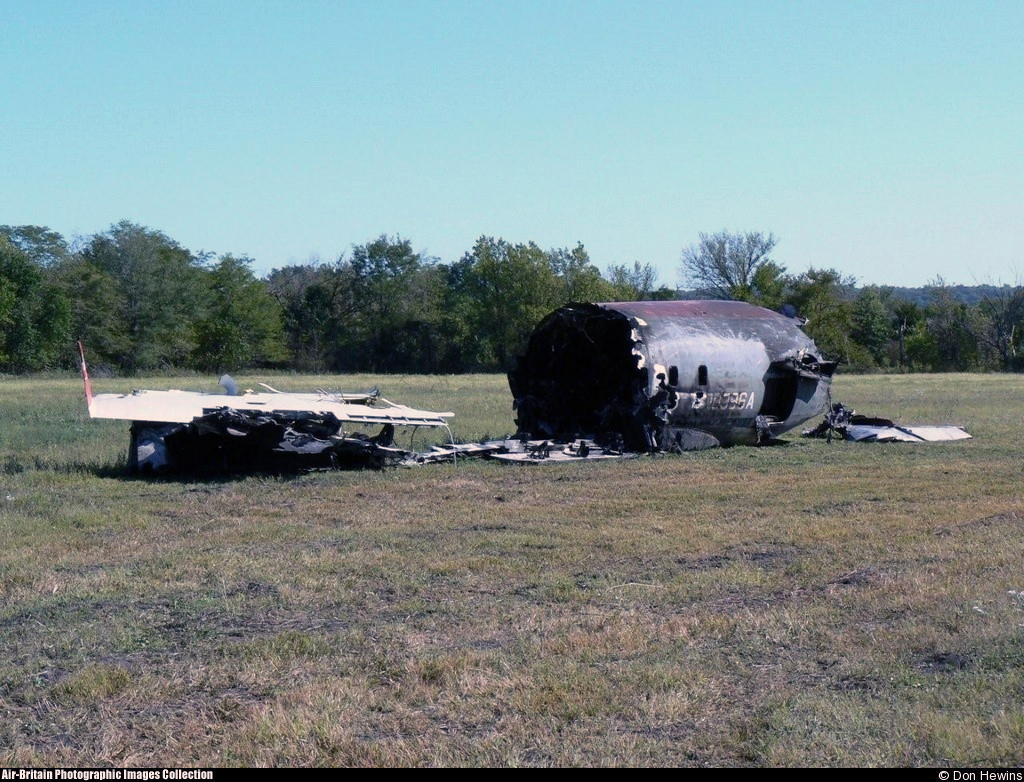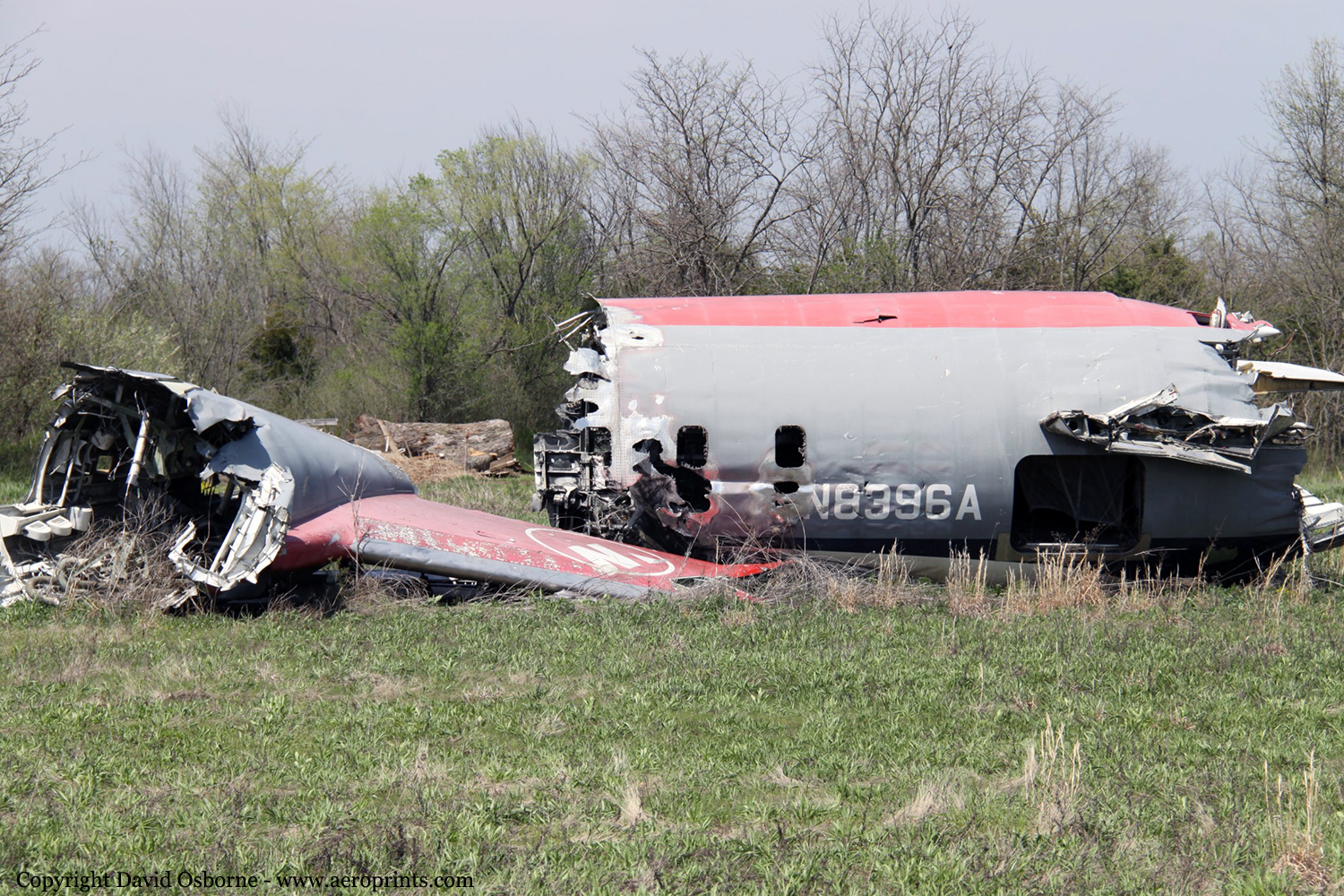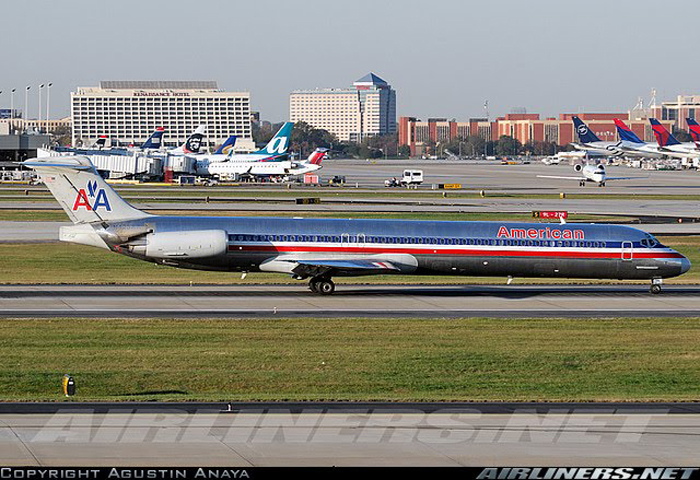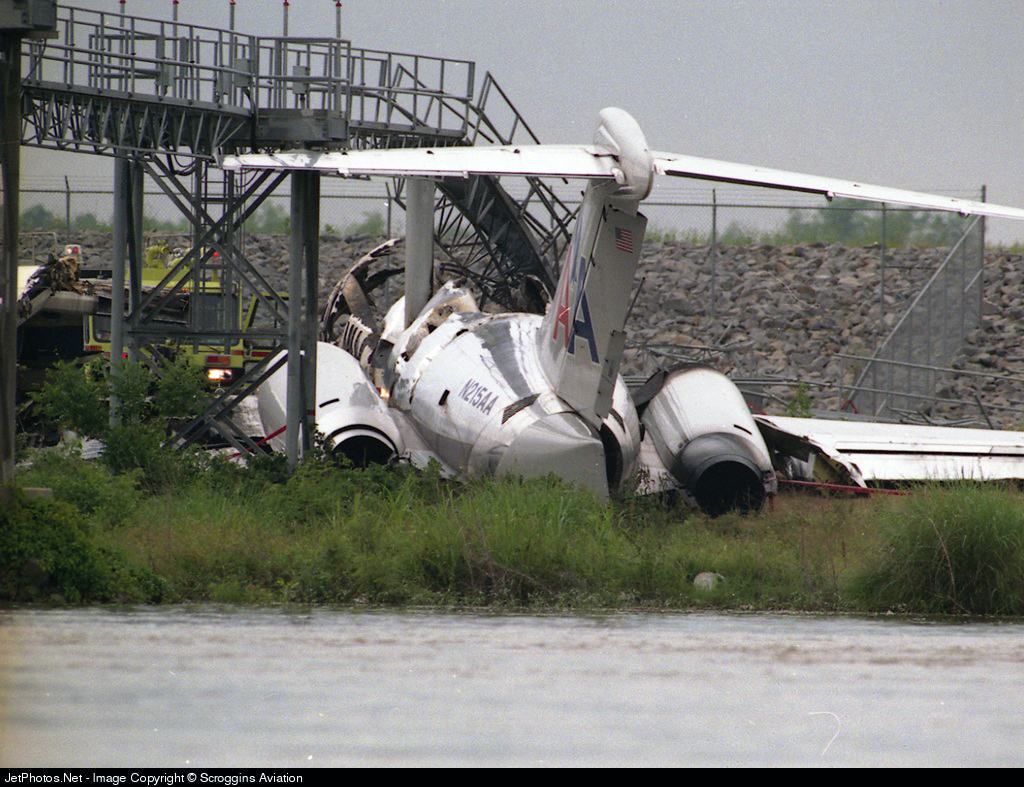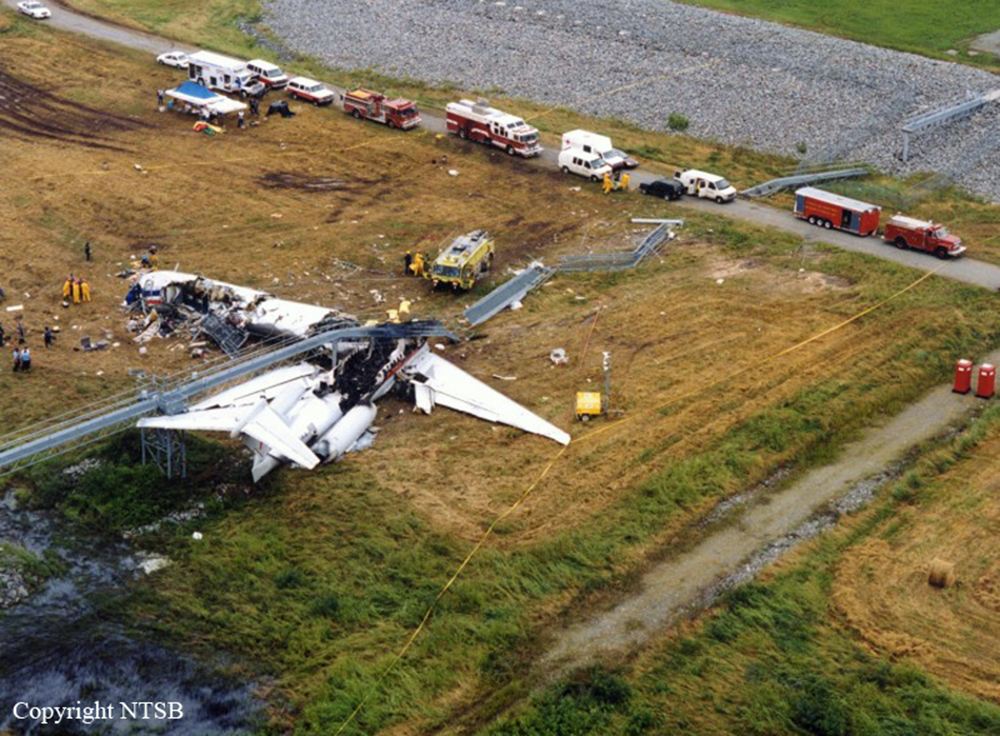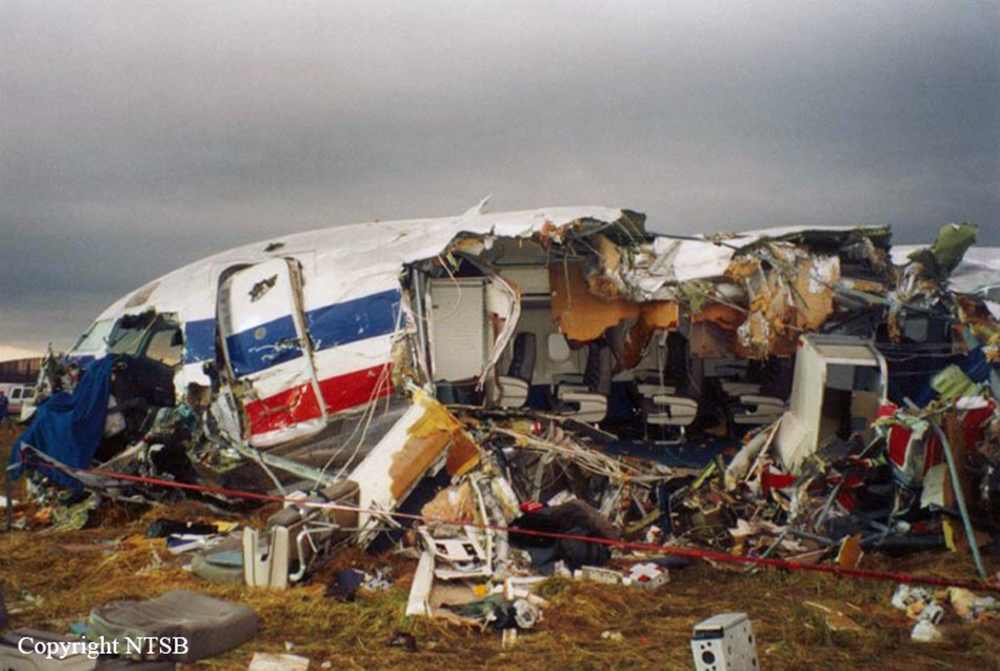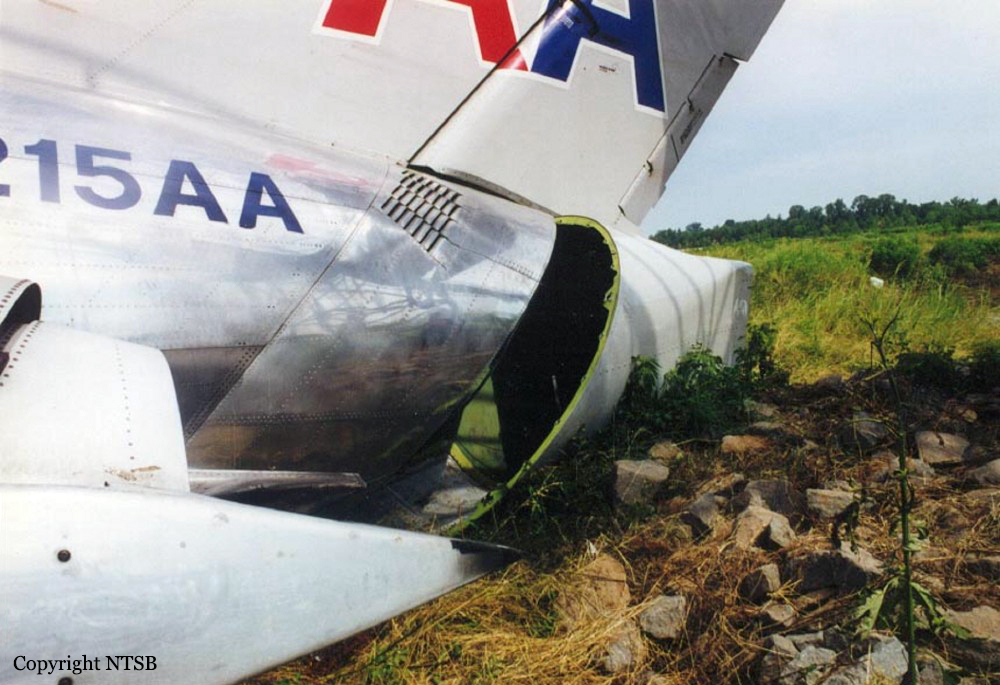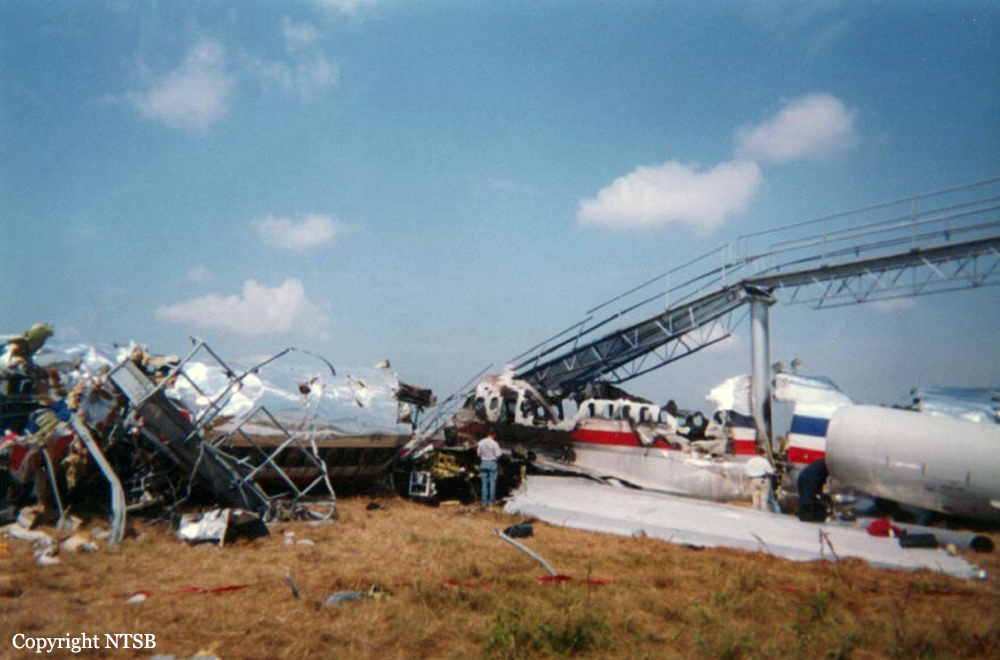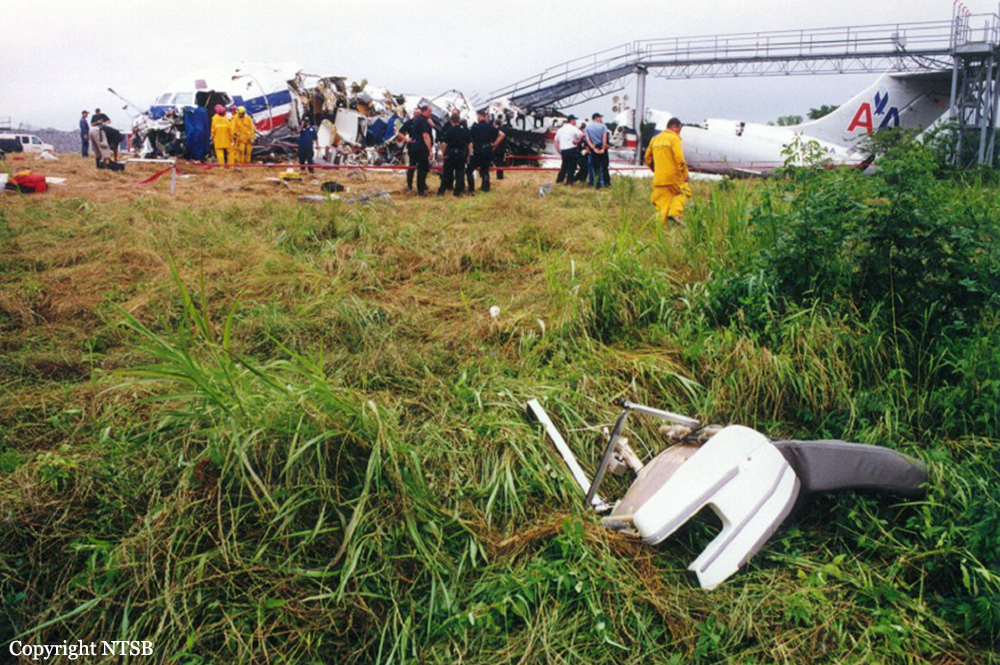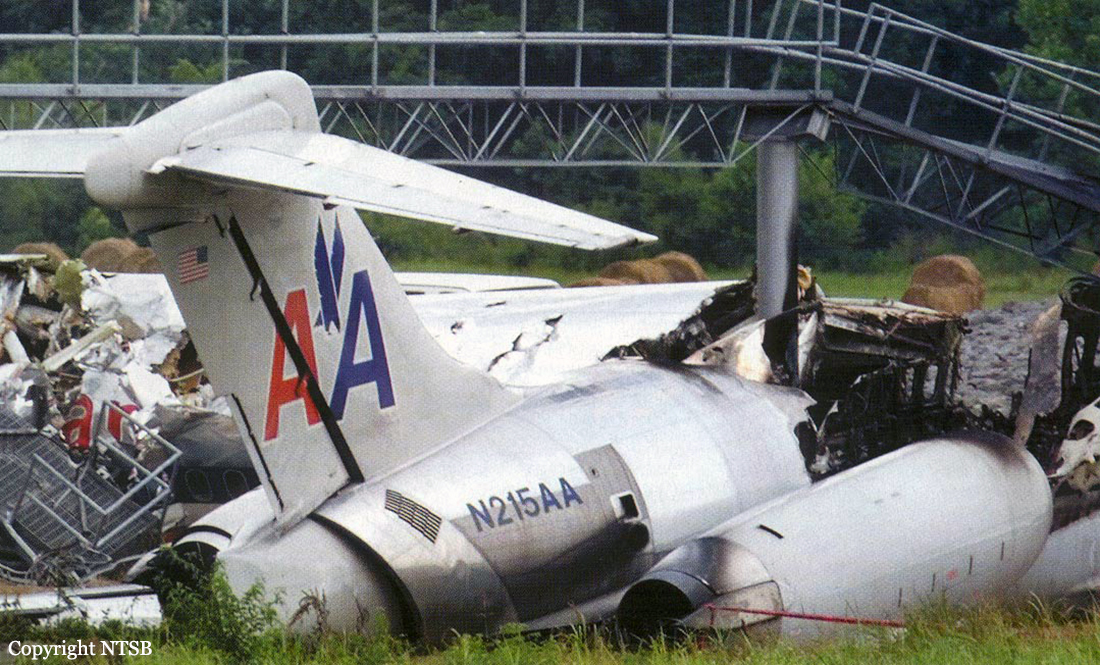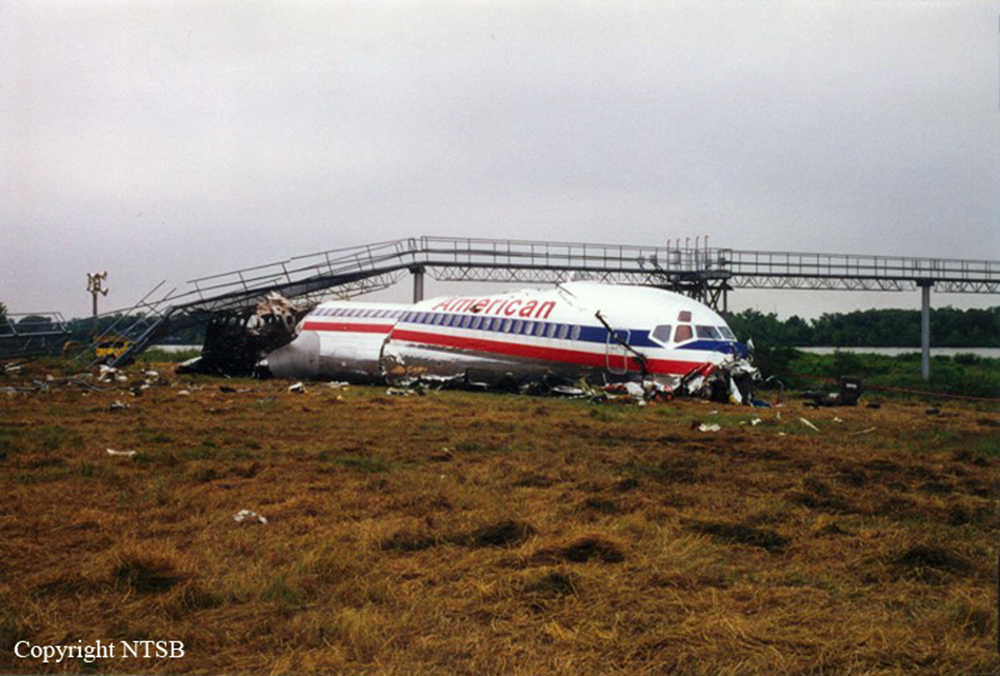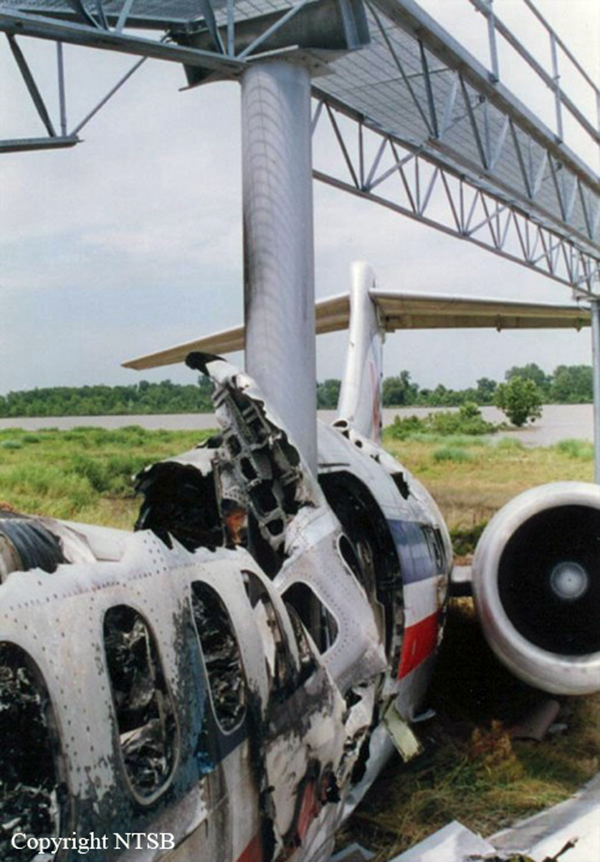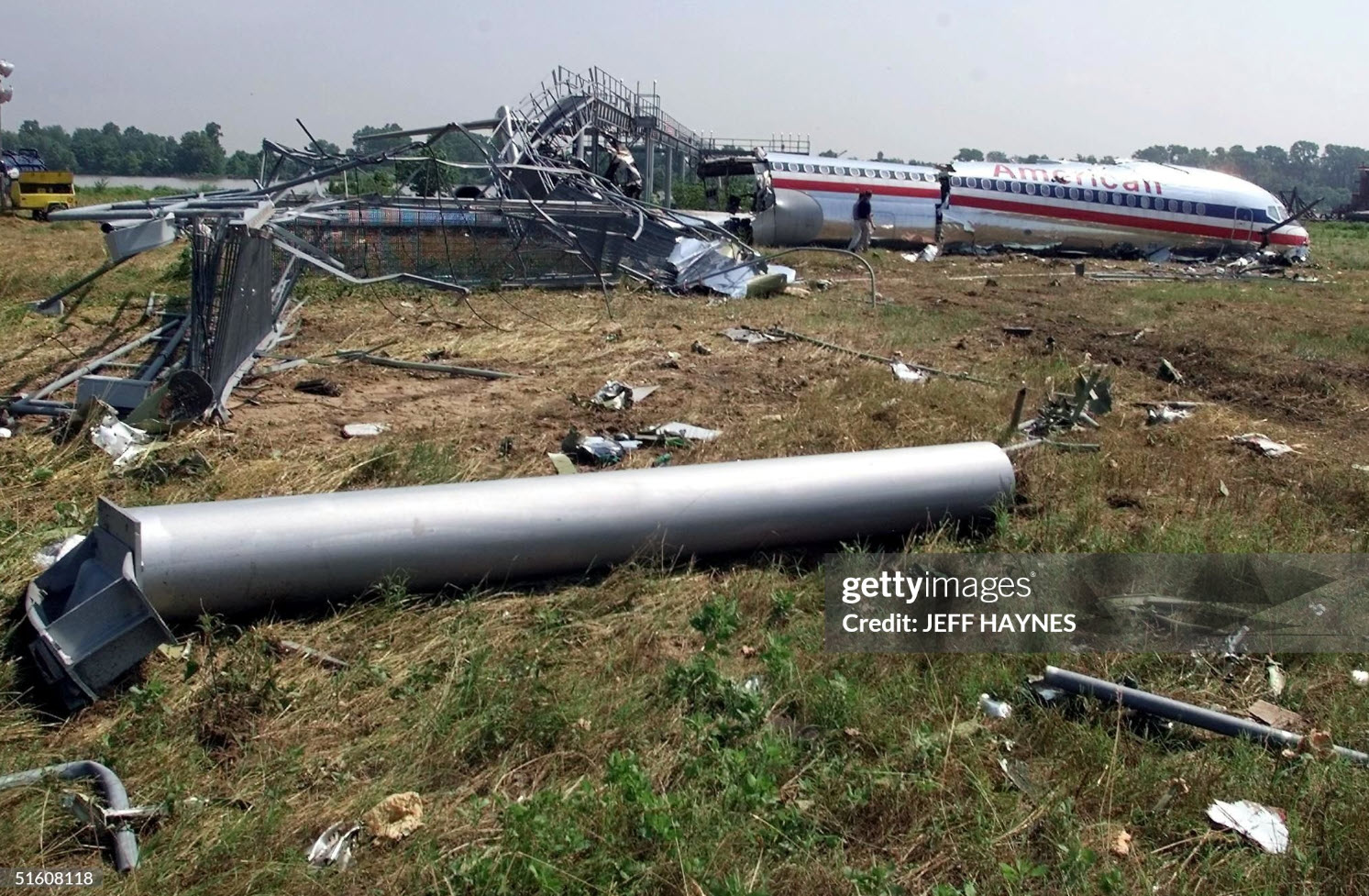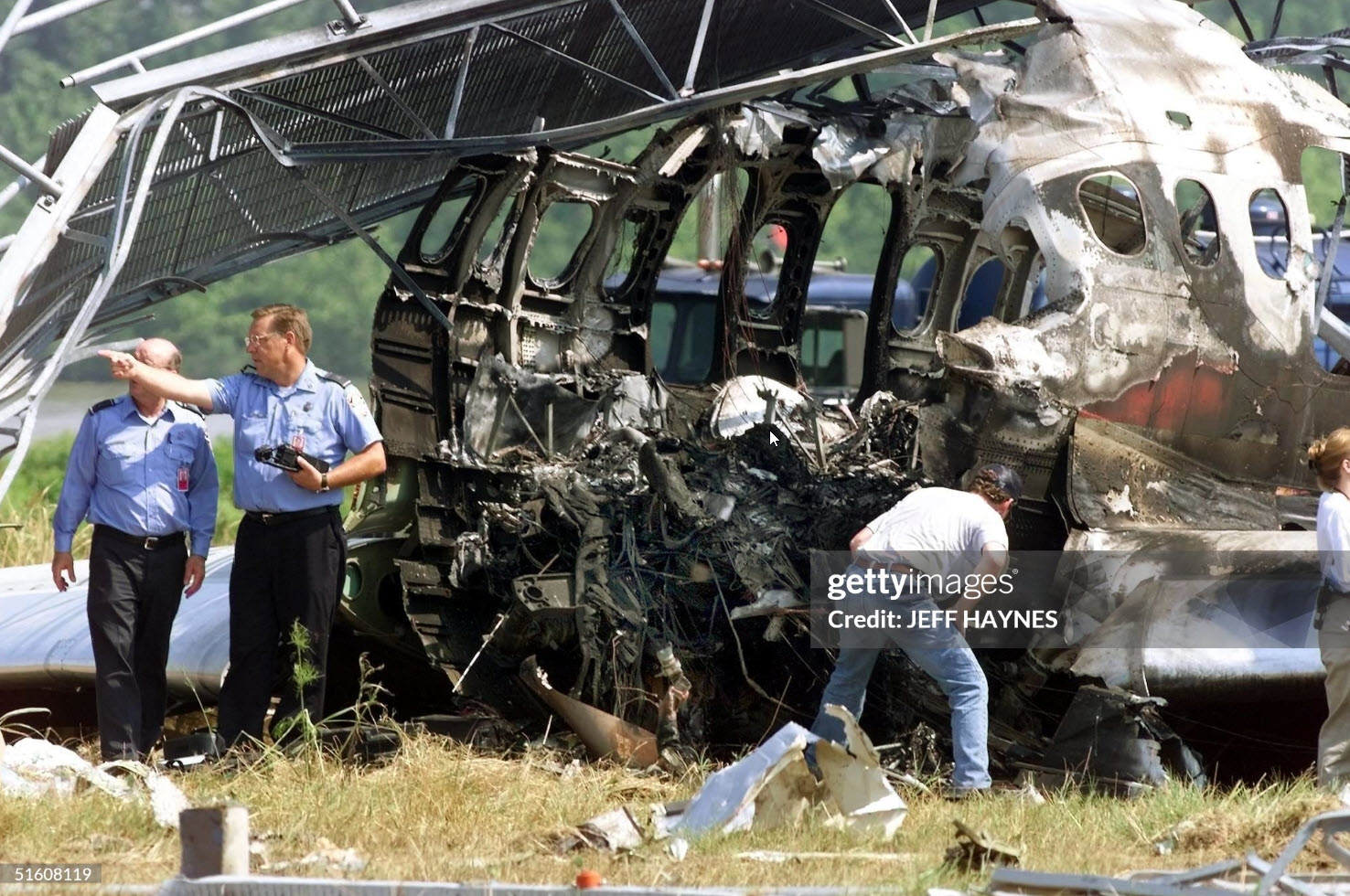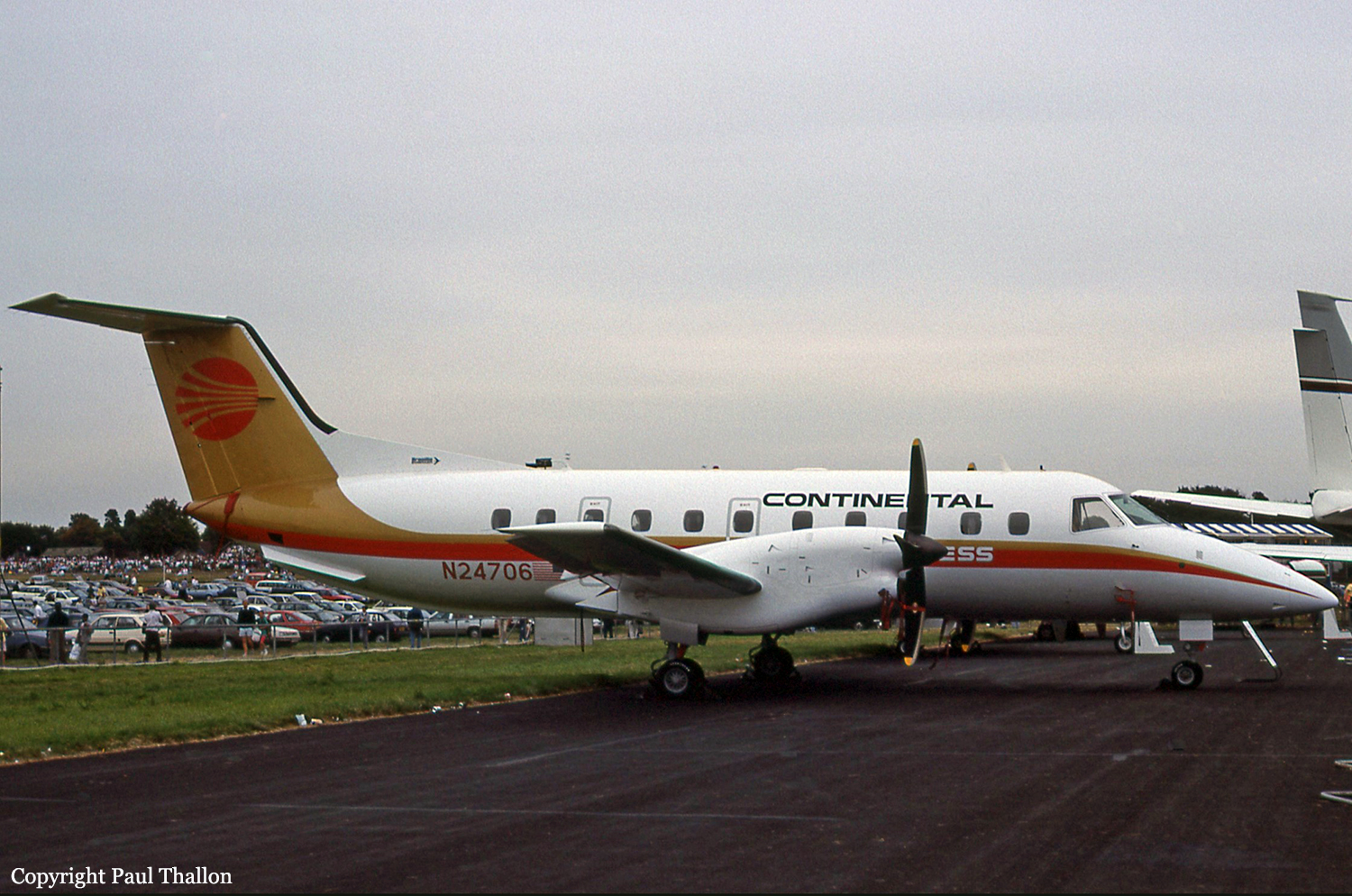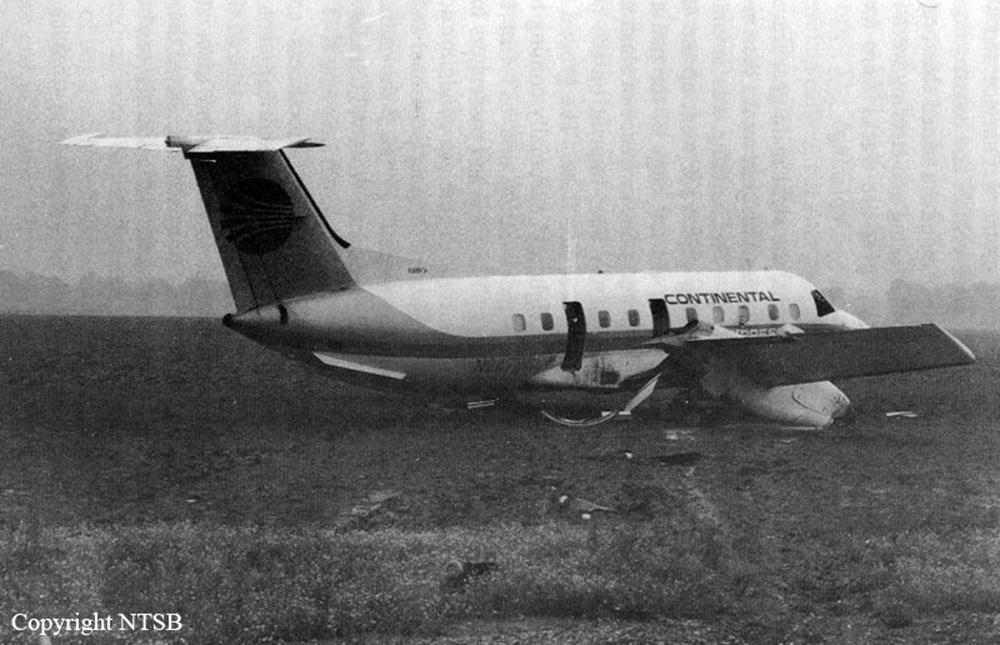Crash of a Beechcraft B200 Super king Air in Little Rock: 5 killed
Date & Time:
Feb 22, 2023 at 1157 LT
Registration:
N55PC
Survivors:
No
Schedule:
Little Rock - Columbus
MSN:
BB-1170
YOM:
1983
Crew on board:
1
Crew fatalities:
Pax on board:
4
Pax fatalities:
Other fatalities:
Total fatalities:
5
Circumstances:
Shortly after takeoff from runway 18 at Little Rock-Bill & Hillary Clinton (Adams Field) Airport, while in initial climb in marginal weather conditions, the twin engine airplane went out of control and crashed in a wooded area located about 1,500 metres past the runway end, near a stone quarry, bursting into flames. The airplane was totally destroyed by impact forces and a post crash fire and all five occupants were killed. Employees of the CTEH Company, they were en route to Columbus responding to an emergency response plan. At the time of the accident, weather conditions were marginal with a visibility of 2 SM due to rain. Four minutes prior to the accident, the wind was 19 knots gusting to 27 knots and five minutes after the accident, the wind was gusting to 40 knots.
